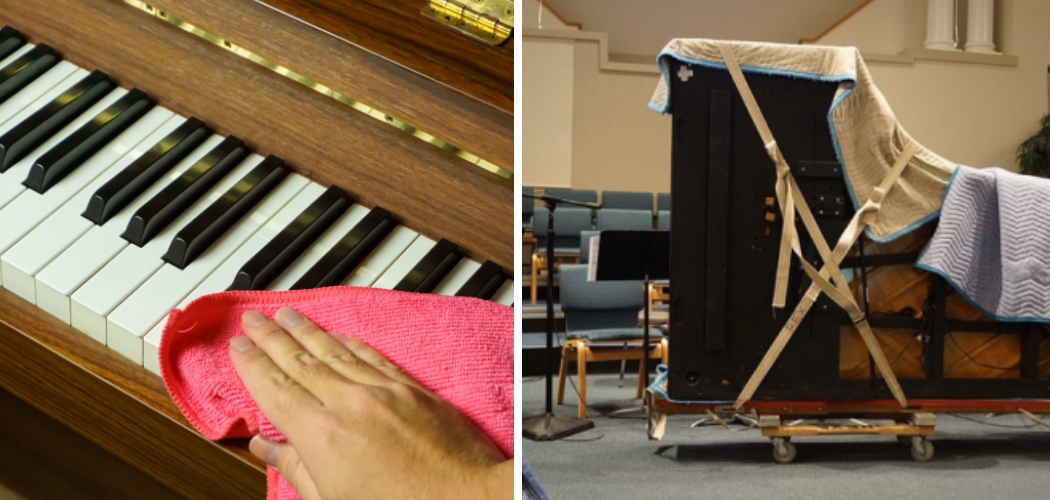Finding the perfect place to store a beloved heirloom can be a daunting task. Have you ever found yourself searching for storage options for an item too large or fragile to simply shove in the attic? One of the most intimidating items to tackle is moving and storing a piano.
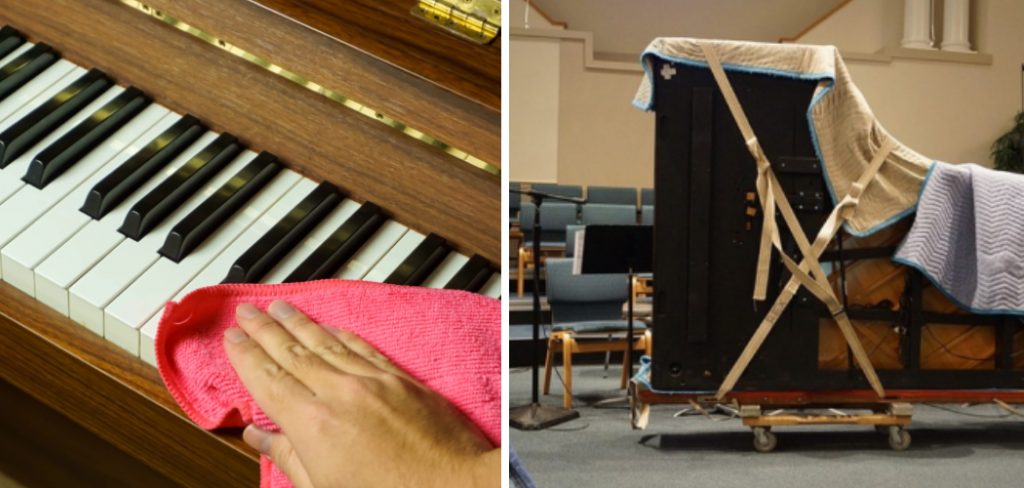
Whether it’s a grand piano handed down through generations of your family, or a cherished upright gifted from loved ones, we understand how essential finding safe and reliable storage solutions can be.
Thankfully, there are plenty of ways you can safely stow away your precious instrument! Today’s post will provide tips and tricks on how to store a piano in a storage unit. Keep reading if you are looking for step-by-step instructions that make storing your piano easier than ever!
Is It Safe to Store a Piano in a Storage Unit?
Storing a piano in a storage unit can be done safely, as long as certain precautions are taken. Here are some tips to ensure your instrument is kept safe and secure:
1. Choose the right size of storage unit for your piano. Ensure that there is enough space for it to fit comfortably, with enough room for you to access it when needed.
2. Prepare the piano before storing it. Clean and cover the instrument with protective blankets or covers, and also make sure all of its moving parts are secured in place. This will help protect against bumps and scrapes during transport, as well as dust buildup while in storage.
3. Use quality packing materials like bubble wrap, Styrofoam, and blankets to wrap the piano and secure it in place.
4. Place the piano towards the back of your storage unit, away from any doors or windows. This will help protect it from temperature fluctuations and other environmental factors.
5. Raise the piano off of the ground with pallets or cloth-covered blocks to keep it elevated and dry. Make sure that all four legs are sitting firmly on a flat surface to avoid tipping or instability while in storage.
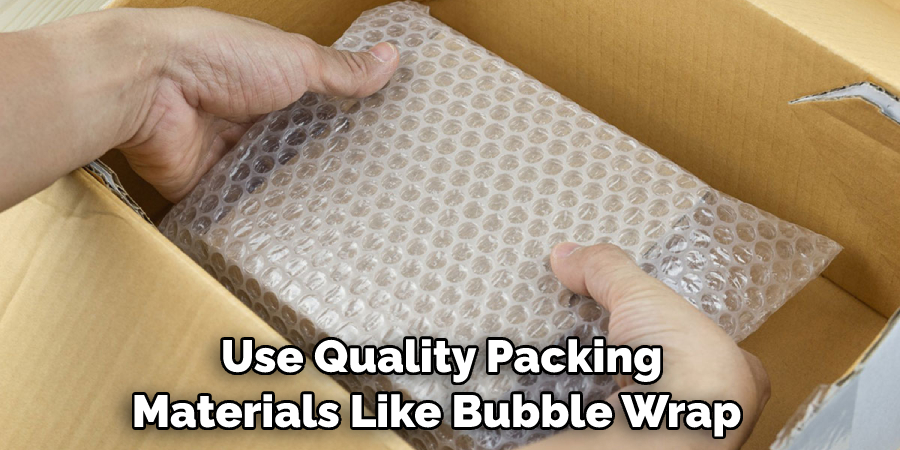
Following these tips can help ensure that your piano is safely stored for long periods of time without damage or decay due to improper care. Storing a piano in a storage unit is a great way to save space when not in use, as well as a great way to protect it from wear and tear. With the right preparation, you can rest assured that your instrument will be safe in storage!
Can You Store a Piano in Cold Storage?
The answer to this question depends on the type of piano you have and how long you plan to store it. Upright pianos are more vulnerable to temperature changes than grand pianos, so if you plan to keep the piano in cold storage for an extended period of time, you should opt for a grand piano instead.
If you need to store your upright piano in cold storage over the short term, make sure that it is wrapped in insulation and bubble wrap (or some other form of protective material) before being placed into the storage unit. This will help protect against any fluctuation in temperature from damaging your instrument.
Additionally, check with your storage facility ahead of time to ensure they can accommodate a large item like a piano in their cold storage unit, and make sure to wrap it up securely so that no moisture can get in. That way, you can feel confident knowing your piano is safe from the elements while in cold storage.
It’s also important to note that if you are storing a grand piano for any length of time, it may need tuning before it is played again. This is even more true if it’s been stored in cold storage, as the dramatic change in temperature can cause some of the strings to lose their tension and the instrument to go out of tune.
As such, if you plan to store a grand piano in cold storage for an extended period of time, you may want to consider having it tuned before storage and again once it is taken out.
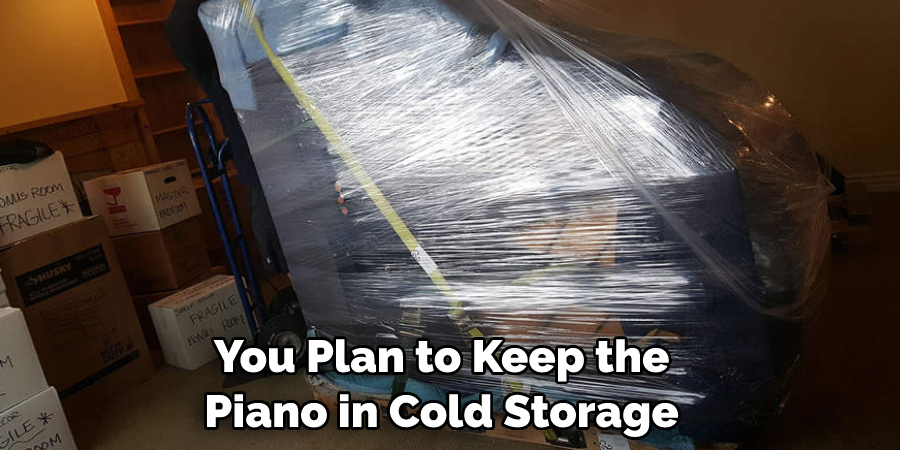
10 Methods How to Store a Piano in a Storage Unit
Method 1: Choose an Appropriate Storage Unit
Selecting the right storage unit is crucial for piano storage. Look for a climate-controlled unit to maintain a stable temperature and humidity level, which are vital for preserving the piano’s integrity. Additionally, ensure that the unit is spacious enough to accommodate the piano without any potential damage from nearby items.
Method 2: Clean and Prepare the Piano
Thoroughly clean the piano before storage to remove dust and debris that could potentially damage its delicate components. Use a soft, lint-free cloth to gently wipe the exterior surfaces and a vacuum cleaner with a brush attachment to clean the interior and keyboard. Ensure that the piano is completely dry before moving on to the next step.
Method 3: Detach and Wrap the Keyboard Lid
If your piano has a detachable keyboard lid, carefully remove it and wrap it in bubble wrap or blankets. Secure it with tape to prevent any potential scratches or damage during transportation and storage. Depending on the size of your storage unit, it may be possible to store the keyboard lid in it as well if there is enough room. Otherwise, you can store it in a separate, climate-controlled storage facility.
Method 4: Secure the Piano Lid
Close and lock the piano lid securely to prevent it from accidentally opening during transportation and storage. This will help protect the piano’s internal components and prevent any potential damage.
Secure the lid with a bungee cord, rope, or other material. Make sure it is securely fastened and will not loosen during transport. Wrap a protective layer of moving blankets or bubble wrap around the entire piano, including the lid.
Method 5: Protect the Piano Strings
To prevent the piano strings from getting damaged, gently place a soft cloth or string cover over the strings. This will protect them from dust and potential contact with other objects while in storage.
Additionally, store the piano with its back facing downward when possible. This will help safeguard the strings from any accidental bumps or bangs that might cause them to snap or fray. Make sure to tighten the cover tightly so that no air enters and prevents rusting of the strings.
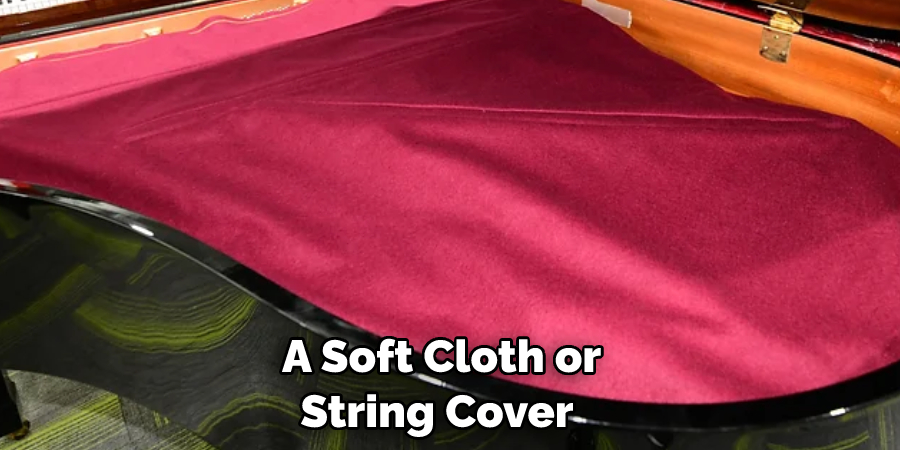
Method 6: Cover the Piano
Use a breathable piano cover or a large sheet to wrap the entire piano. Ensure that the cover is made of a non-abrasive material that will not scratch or damage the piano’s finish. This cover will protect the piano from dust, dirt, and potential light exposure, which can cause fading or discoloration. When covering the piano, ensure that all parts of the instrument are covered securely and completely without any gaps.
Method 7: Elevate the Piano
Place the piano on a pallet or dolly to elevate it slightly off the floor. This prevents any moisture from seeping into the piano and provides an additional layer of protection against potential flooding or leaks.
Secure the piano in place with straps or bungee cords to ensure it doesn’t move around and become damaged. Place a tarp over the top of the piano to protect it from any potential dust or dirt that may be in the unit.
Method 8: Use Climate Control Devices
Consider using climate control devices, such as dehumidifiers or moisture absorbers, inside the storage unit. These devices help maintain the appropriate humidity level and prevent moisture-related issues that can affect the piano’s wood and internal components.
Make sure to check the device regularly and replace it as needed. Also, be sure to keep the piano covered with a protective cloth or blanket when not in use and consider investing in a high-quality cover designed especially for pianos.
Method 9: Monitor the Storage Unit
Regularly visit the storage unit to check the piano’s condition and ensure that there are no signs of damage or environmental issues. Address any concerns promptly to prevent further damage or deterioration. Check for signs of moisture or mildew and ensure that the piano is not in direct sunlight or near any heat sources. Make sure all packing material is intact and secure.
Method 10: Hire Professionals for Moving and Storage
When in doubt, seek assistance from professional piano movers and storage experts. They have the necessary experience and equipment to ensure safe transportation and storage of your piano, minimizing the risk of damage.
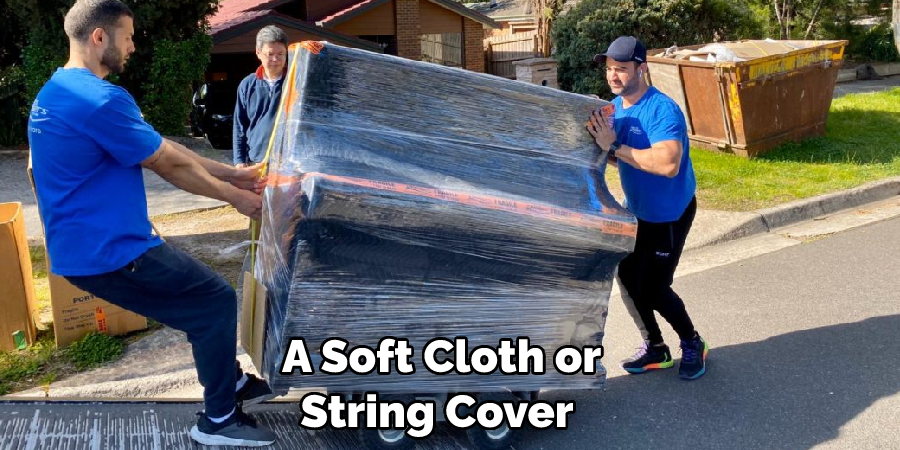
Conclusion
As we outlined, the process to store a piano in a storage unit is fairly straightforward. It requires being aware of how to protect your instrument from potential humidity or temperature changes inside the facility and making sure you have the necessary accessorial materials such as ramps, dollies, protective packing blankets and quilts for further protection.
All in all, with some preparation and thoughtfulness ahead of time, your piano will be nicely housed inside the storage unit – safe and sound until you’re ready to utilize its beautiful melodies again! You know what they say; it’s always better to be safe rather than sorry when it comes to storing your prized possessions! Now that you understand how to store a piano in a storage unit, go ahead and make those arrangements today!
